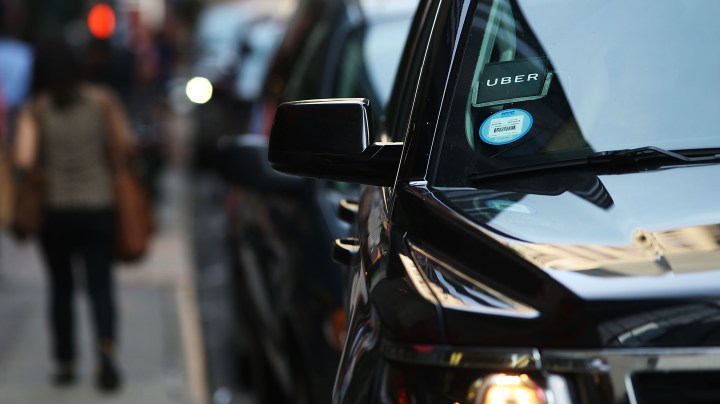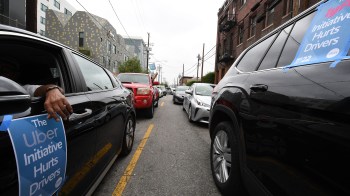
How ride-hailing accelerates climate change
How ride-hailing accelerates climate change

If we’re ever going to manage to stop overheating the planet, we’re going to have to make some changes — a lot of big ones and a lot of little ones. Those little ones are made one decision at a time, day after day.
And the small decision of today? Ride-hailing.
A new study out of Carnegie Mellon figures that on a per-trip basis, greenhouse gas emissions from an Uber, a Lyft or some other ride-hail are about 20% higher than if you simply drive your own car. That’s the result of “deadheading.”
No, deadheading isn’t when your Uber driver regales you with stories of that night in ‘73 when her or she partied with Jerry Garcia. (That’s a Grateful Dead reference, if you’re wondering.)
In ride-hail speak, deadheading means “all the driving that a driver does while they’re waiting to get a ride request, as well as driving to and from passengers,” said Jeremy Michalek, a professor at Carnegie Mellon. He co-authored the study, which looked at pre-pandemic ride-hailing in a handful of major cities.
“Deadheading represents a bit less than half of the miles that Uber- and Lyft-type vehicles drive in most cities,” Michalek said.
That’s why, even though ride-hail drivers tend to have more fuel-efficient cars than their riders do, it may be better for the Earth to drive yourself.
Paying drivers a more livable wage would help, said Carter Rubin with the Natural Resources Defense Council. But he said it’s likely to raise prices.
“One of the reasons that Uber and Lyft are able to cannibalize trips from public transportation is that they are cheaper than they would be otherwise,” Rubin said.
Eco-conscious riders can always opt for ride-hail carpool options, but beyond being slower, carpools can get uncomfortable for both passengers and drivers.
Harry Campbell runs the Rideshare Guy blog and drives in Los Angeles. “I had a guy come in, sort of a later-night situation on the weekend, and start hitting on a female passenger,” he said.
Plus, most drivers would rather make the trip with just one passenger in the back seat, Campbell said.
There’s a lot happening in the world. Through it all, Marketplace is here for you.
You rely on Marketplace to break down the world’s events and tell you how it affects you in a fact-based, approachable way. We rely on your financial support to keep making that possible.
Your donation today powers the independent journalism that you rely on. For just $5/month, you can help sustain Marketplace so we can keep reporting on the things that matter to you.


















